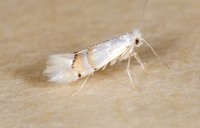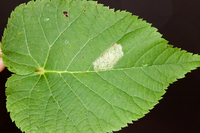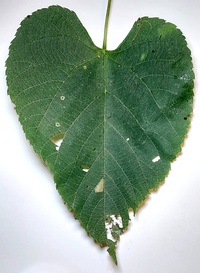
| Recorded by: Mark Basinger on 2025-08-12
Ashe Co.
Comment: | 
| Recorded by: Mark Basinger on 2025-08-12
Ashe Co.
Comment: |
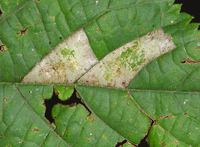
| Recorded by: Jim Petranka on 2024-09-05
Buncombe Co.
Comment: | 
| Recorded by: Jim Petranka on 2024-09-05
Buncombe Co.
Comment: |

| Recorded by: Jim Petranka and Becky Elkin on 2024-08-21
Yancey Co.
Comment: | 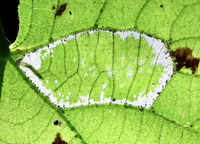
| Recorded by: Jim Petranka and Becky Elkin on 2024-08-21
Yancey Co.
Comment: |
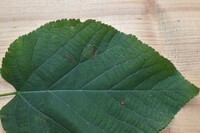
| Recorded by: David George, Jeff Niznik on 2024-08-06
Transylvania Co.
Comment: | 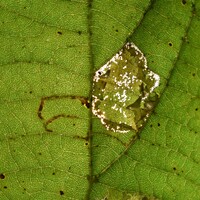
| Recorded by: David George, Jeff Niznik on 2024-08-06
Transylvania Co.
Comment: |

| Recorded by: David George, Stephen Dunn, Jeff Niznik on 2023-08-18
Caswell Co.
Comment: | 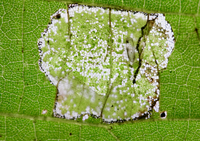
| Recorded by: Jim Petranka and Becky Elkin on 2023-08-16
Macon Co.
Comment: |

| Recorded by: Jim Petranka and Becky Elkin on 2022-09-20
Haywood Co.
Comment: | 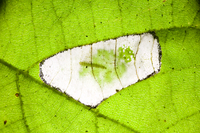
| Recorded by: Jim Petranka and Becky Elkin on 2022-09-20
Haywood Co.
Comment: |
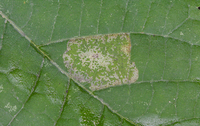
| Recorded by: Jim Petranka on 2022-07-08
Buncombe Co.
Comment: Unoccupied mine was on Tilia americana. | 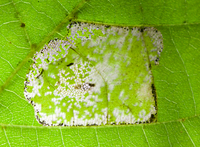
| Recorded by: Jim Petranka on 2022-07-08
Buncombe Co.
Comment: Unoccupied mine was on Tilia americana. |

| Recorded by: Jim Petranka on 2022-06-27
Madison Co.
Comment: Adult was reared from Tilia americana; mine on June 18; adult on June 27. | 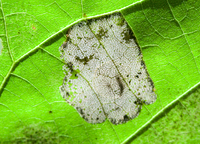
| Recorded by: Jim Petranka and Becky Elkin on 2022-06-18
Madison Co.
Comment: |
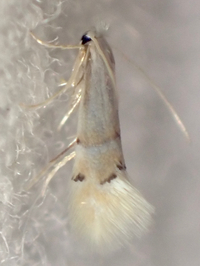
| Recorded by: tom ward on 2022-05-04
Buncombe Co.
Comment: | 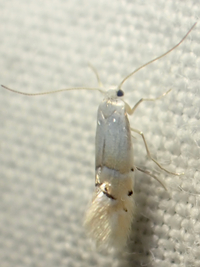
| Recorded by: tom ward on 2022-04-30
Buncombe Co.
Comment: |
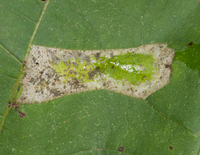
| Recorded by: Jim Petranka and Becky Elkin on 2021-10-11
Burke Co.
Comment: Unoccupied mine was on Tilia americana. | 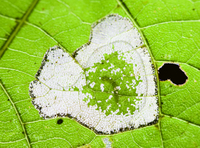
| Recorded by: Jim Petranka and Becky Elkin on 2021-09-22
Buncombe Co.
Comment: A bscklit image of an occupied mine was on Tilia americana. |

| Recorded by: Jim Petranka and Becky Elkin on 2021-09-02
Madison Co.
Comment: | 
| Recorded by: Jim Petranka and Becky Elkin on 2021-09-02
Madison Co.
Comment: |
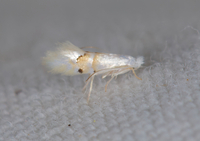
| Recorded by: Jim Petranka and Bo Sullivan on 2021-08-02
Ashe Co.
Comment: | 
| Recorded by: Jim Petranka, Becky Elkin and Bo Sullivan on 2021-08-02
Ashe Co.
Comment: |
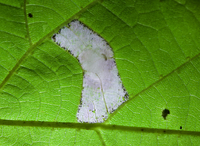
| Recorded by: Jim Petranka, Becky Elkin and Bo Sullivan on 2021-08-02
Ashe Co.
Comment: | 
| Recorded by: Jim Petranka on 2021-07-30
Madison Co.
Comment: Occupied mine was on Tilia. |
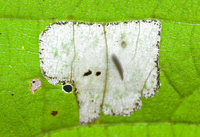
| Recorded by: Jim Petranka on 2021-07-30
Madison Co.
Comment: Occupied mine was on Tilia. | 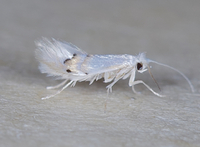
| Recorded by: Jim Petranka and Becky Elkin on 2021-07-27
Avery Co.
Comment: |
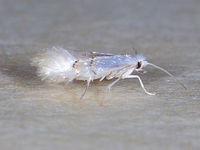
| Recorded by: Jim Petranka and Becky Elkin on 2021-07-26
Graham Co.
Comment: An adult that was reared from a mine on Tilia americana; mine collected on 21 July; adult emerged on 26 July (see companion photo of the mine). | 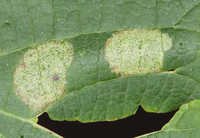
| Recorded by: Jim Petranka and Becky Elkin on 2021-07-24
Jackson Co.
Comment: |
|

 »
»

